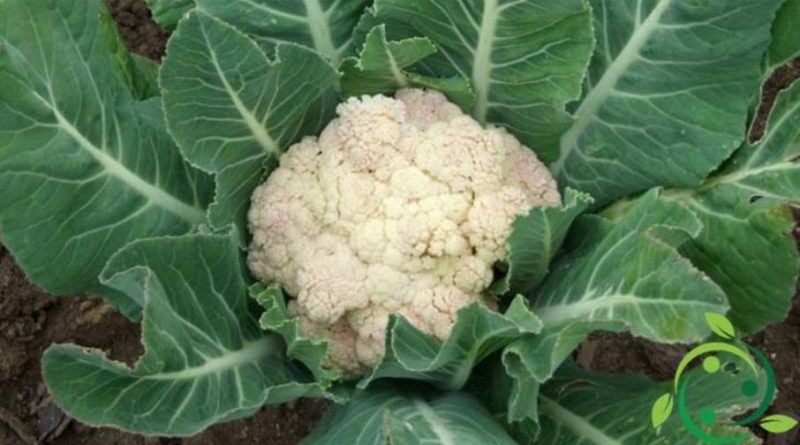How to grow cauliflower in a biological way
How to grow cauliflower in a biological way
The cauliflower (Brassica oleracea L. var. Botrytis) is a variety of Brassica oleracea that can be easily grown even in family gardens.
This plant is suitable for temperate-warm climates (although some varieties bear cooler climates) and requires soils of various kinds on condition that they are of medium mixture, deep, well endowed with organic substance and, above all, well drained. The fertilization must be done before a deep processing (around 40-50 cm) possibly with mature manure or other organic in the absence. Subsequently, after the refinement of the soil, sowing can begin, which starts in May (early varieties) and continues until the beginning of July (late varieties).
In the crop rotation in the open field it generally happens to a winter cereal and precedes the renewal crops. The consociation (which is difficult to implement in farms) can instead be very well adopted in the vegetable gardens with salad, fennel and early potato. The plantation takes place through sowing in seedbeds, in spring (see carefully the directions of the sachet for the variety adopted) and transplanting in open field when the seedlings have 5-6 leaves (30-40 days after sowing) at a distance between plants of 50-60 cm. If you go to know it you can get double files with the affiliate even a little ‘narrower but at least 60 cm between the rows (depends on the means you use to weed the culture).
Irrigation is necessary after transplants with 2 or 3 interventions, then they serve as many periodic aquatics throughout the crop cycle. Among the cultivation techniques we mention the ridging of the plants, the weeding (which can be replaced with the vegetable mulch) and, if we want to bleach the inflorescence, the ligature of the leaves above it. The harvesting period is from October to May when the inflorescences have reached the typical size of the variety; it is done by cutting the stem at the base leaving some
Among adversities we especially remember the peronospora and possible rottenness. These can be kept very early with sulfur-based products. Other adversities can be represented by the spotted bacteriosis and the mosaic virus. Let’s say that here remedies are above all preventive: good rotation, use of consociations, fertilization with organic substances, vegetable mulch.
Among the insects the most dangerous, for the damage caused, is the cabbage; excellent are the treatments with macerated tomatoes (which are quite unpleasant to the larvae of this insect) or the use of bacillus thuringiensis variety kurstaki which is very effective in juvenile larval stages. Moreover, the presence of consociations, of nearby hedges untreated by any insecticide, predisposes the ecosystem to the presence of some natural predators of this insect that is kept so at bay.

